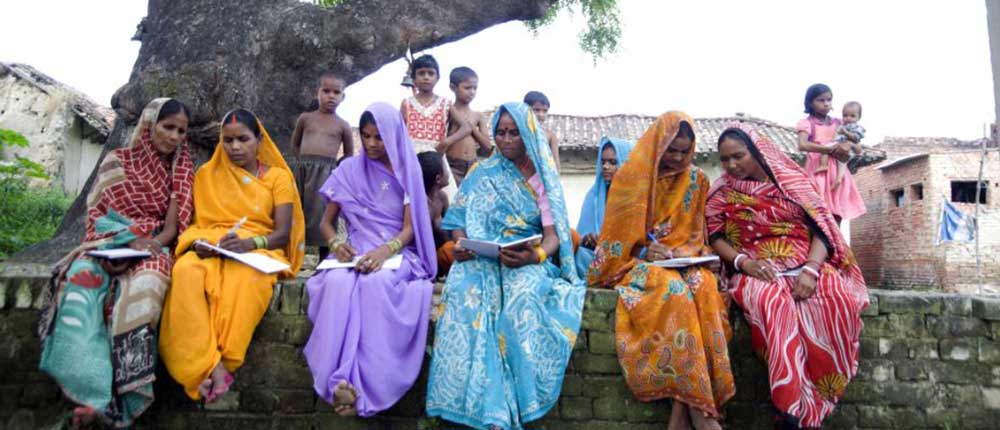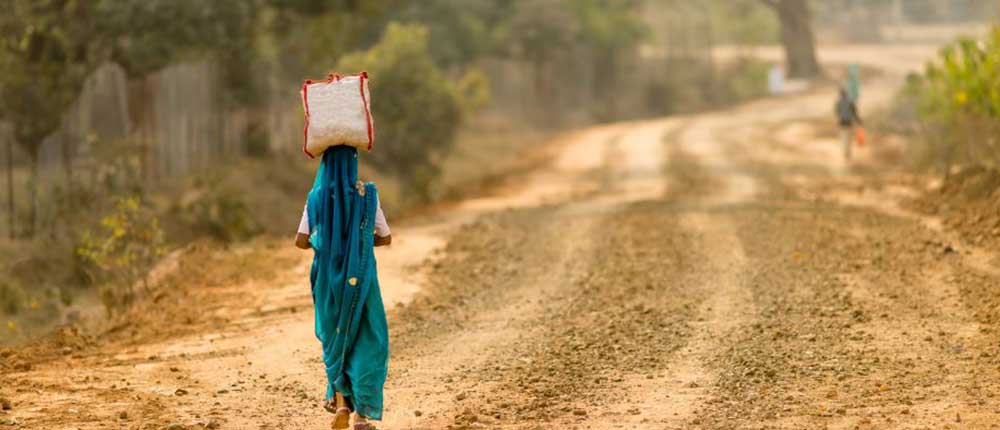A prototype digital tool is being developed for state health departments in India to upload data, and the vulnerability index can be generated using the tool.

Why this tool has been developed?
Climatic factors influence our lives in a number of ways; extreme weather threatens lives and livelihoods. How do we determine which communities are most affected? And which communities are least able to bounce back from weather triggered challenge? Where are the adverse health events most likely to happen? Information such as these determines the need to prioritize action for infrastructure, allocation of resources, coordination, and capacities. The task of prioritizing action requires a simple methodology that can be adopted uniformly across the country, and also be repeated in order to reassess, and reprioritize action over time. Therefore, a vulnerability assessment tool has been developed for creating a vulnerability index for health in districts of India.
Vulnerability has been defined as a function of the character, magnitude, and rate of climate change and variation to which a system is exposed, its sensitivity, and its adaptive capacity (Parry et al., 2007). It is a relative measure that combines both socio-economic and biophysical approaches to determine the vulnerability (IHCAP, 2019; Rao et al., 2013).
Who can use it?
A prototype digital tool is being developed for state health departments to upload data, and the vulnerability index can be generated using the tool. The prototype tool follows the most commonly accepted methodologies; however, the tool would be continuously refined with user inputs and through stakeholder consultations.

How will it benefit any stakeholder?
This vulnerability assessment tool helps in prioritisation and distribution of resources to most vulnerable communities and identification of drivers of vulnerability thus it informs the vulnerability reduction planning process. It is considered a quick method to understand the current sources of the weakness of a system and useful for reducing vulnerability through current, ongoing, and soon-to-be-implemented plans. This calculation of vulnerability index will assist policymakers to make decisions to reduce vulnerability.
This tool was created in collaboration with researchers from North Carolina State University (NCSU) and Statconsulta.
